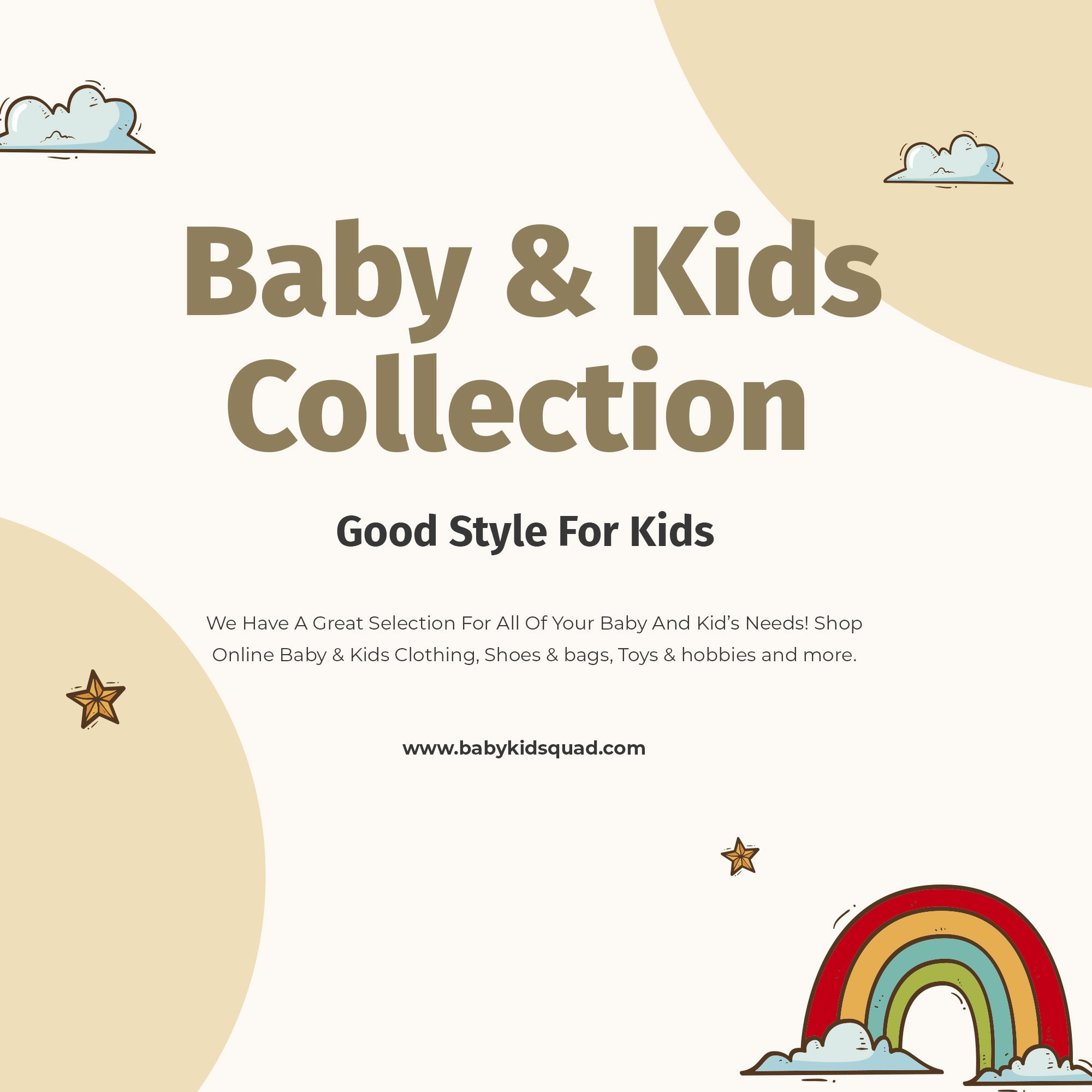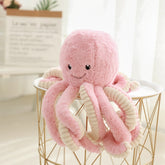How to Clean Plush Toys Without Water: Effective Methods for Parents
Table of Contents
- Introduction
- The Importance of Cleaning Plush Toys
- Methods for Cleaning Plush Toys Without Water
- Tips for Maintaining Clean Plush Toys
- Conclusion
Introduction
Do you remember the last time you gave your child's beloved stuffed animal a good cleaning? It might be surprising to learn that plush toys can harbor a surprising amount of dust, allergens, and germs, especially if your little ones carry them everywhere. In fact, one study indicated that 80% of toys can be contaminated with bacteria and viruses. As parents, we want to ensure our children have safe and clean companions, but washing these cherished toys can feel daunting, especially when traditional methods involve water that could damage them.
In this blog post, we will explore various methods on how to clean plush toys without water effectively. Our goal is to provide you with practical, safe, and efficient cleaning tips, ensuring your child's favorite companions remain fresh and inviting without the need for a wash. By the end of this post, you'll be equipped with a toolkit of strategies for maintaining the cleanliness of plush toys, as well as insights into the importance of regular cleaning.
We'll cover methods utilizing common household items, explain the significance of maintaining hygiene for plush toys, and offer tips on how to incorporate these cleaning routines into your family's lifestyle. Whether you're a first-time parent or a seasoned pro, you’ll find valuable information that resonates with your needs.
With our mission at Baby Kid Squad being to make parenting a little easier and a lot more stylish, we believe that our insights will empower you to maintain a cleaner environment for your children. So, let's dive into the world of plush toy cleaning!
The Importance of Cleaning Plush Toys
Why Clean Plush Toys?
Plush toys are not just cute companions for children; they often serve as sources of comfort and security. However, they can also become hotspots for germs, bacteria, and allergens over time. Regular cleaning helps to:
- Reduce Allergens: Dust, pet dander, and pollen can accumulate on plush toys, triggering allergies or asthma in sensitive children.
- Eliminate Germs: Toys can harbor bacteria and viruses, especially if they have been in contact with sick children. Cleaning helps prevent the spread of illness.
- Maintain Appearance: Regular cleaning keeps plush toys looking new and fresh, preserving their charm.
How Often Should We Clean Plush Toys?
While it may seem like a chore, establishing a regular cleaning schedule can make a significant difference. We recommend cleaning plush toys at least once a month, or more frequently if your child has been ill or if the toy is used daily. Additionally, consider spot cleaning after any spills or messes to avoid deep cleaning later.
Methods for Cleaning Plush Toys Without Water
1. Baking Soda Method
Baking soda is a versatile cleaning agent that can effectively deodorize and remove dirt from plush toys without the need for water.
Steps:
- Prepare the Bag: Place the plush toy in a large, sealable plastic bag.
- Add Baking Soda: Sprinkle about half a cup of baking soda into the bag. This will help absorb odors and loosen dirt.
- Shake it Up: Seal the bag and gently shake it for a few minutes. This action allows the baking soda to coat the toy evenly.
- Let it Sit: Leave the toy in the bag for about 15-20 minutes to allow the baking soda to work its magic.
- Remove the Residue: Take the toy out and use a vacuum cleaner with an upholstery attachment or a soft brush to remove the excess baking soda.
This method is not only effective for cleaning but also helps in refreshing the toy's scent.
2. Vacuuming
Regular vacuuming is an excellent way to keep plush toys dust-free.
Steps:
- Use an Upholstery Attachment: Equip your vacuum with a soft brush attachment to avoid damaging the toy's fibers.
- Vacuum the Toy: Gently run the vacuum over the plush toy, paying close attention to seams and crevices where dirt tends to accumulate.
- Spot Clean Stains: If you notice any visible stains, you can spot clean with a damp cloth dabbed in a mild detergent. Be cautious not to oversaturate the fabric.
Vacuuming can be incorporated into your regular housekeeping routine, making it a convenient option.
3. Steam Cleaning
Steam cleaning is another effective technique, especially for plush toys that can withstand a bit of moisture without being fully submerged.
Steps:
- Prepare the Steamer: Use a handheld garment steamer. Ensure the temperature is moderate to protect the toy's materials.
- Steam the Toy: Hold the steamer a few inches away from the plush toy and apply steam in short bursts. This method helps kill bacteria while refreshing the toy's fibers.
- Ventilate: Allow the toy to air dry completely in a well-ventilated area to prevent mildew.
Steam cleaning is particularly useful for older toys or those that may have accumulated deeper stains or odors.
4. Freezing Method
For toys that cannot be washed or steamed, the freezing method can effectively eliminate germs and pests.
Steps:
- Seal the Toy: Place the plush toy in a plastic bag, ensuring you remove as much air as possible before sealing it.
- Freeze: Put the bag in the freezer for 24 hours. The cold will kill dust mites and bacteria.
- Remove and Air Out: After freezing, take the toy out and allow it to thaw completely before using it again.
This method is particularly helpful for plush toys that may contain delicate materials or electronic components.
5. Spot Cleaning
For toys that experience frequent spills or stains, spot cleaning is essential.
Steps:
- Prepare Cleaning Solution: Mix a small amount of mild detergent with water (just enough to dampen a cloth).
- Dab the Stain: Using a clean, white cloth, gently dab the stained area without rubbing to avoid damaging the fibers.
- Rinse and Dry: Use a separate damp cloth to blot away any soap residue and allow the toy to air dry completely.
Spot cleaning is a quick and efficient way to tackle messes as they happen, prolonging the time between deep cleans.
Tips for Maintaining Clean Plush Toys
Establish a Cleaning Routine
Incorporating plush toy cleaning into your household routines can make it easier to maintain cleanliness. For example, consider washing plush toys during laundry days or when your child’s bedding is being cleaned. This ensures that the toys are regularly sanitized without becoming an overwhelming task.
Use Protective Covers
Investing in protective covers for your child's favorite plush toys can help keep them cleaner for longer. These covers can be easily removed and washed, providing an additional layer of cleanliness.
Teach Your Children
Encourage your children to care for their toys by teaching them simple cleaning methods. This not only instills good habits but can also help them take ownership of their belongings.
Conclusion
Cleaning plush toys without water is not only possible but can be done effectively with a variety of methods. From utilizing baking soda to vacuuming and steaming, each technique offers unique benefits that can help maintain the cleanliness of your child's cherished companions.
At Baby Kid Squad, we understand the importance of keeping your child's environment safe and healthy while also ensuring their favorite toys remain in great condition. By employing these cleaning strategies, you can easily incorporate toy maintenance into your routine, making parenting a little easier and a lot more stylish.
As you embark on your plush toy cleaning journey, we encourage you to reflect on the methods that resonate best with your lifestyle. How often do you clean your child's plush toys? Are there any additional methods you might want to try? Together, we can create a cleaner, healthier space for our children to thrive.
FAQ
Q: How often should I clean plush toys?
A: It’s best to clean plush toys at least once a month. However, if they are used frequently or have been exposed to illness, consider cleaning them more often.
Q: Can I use bleach or harsh chemicals on plush toys?
A: No, harsh chemicals can damage the fabric and may not be safe for children. Stick to mild detergents and natural cleaning methods.
Q: What should I do if my plush toy has electronic components?
A: For toys with electronics, avoid water. Use methods like vacuuming, spot cleaning, or freezing to clean them safely.
Q: Can I machine wash all plush toys?
A: No, always check the care label. Some plush toys may need to be hand washed or cleaned using other methods.
Q: How can I deodorize plush toys?
A: Baking soda is an excellent natural deodorizer. You can use it as described in the baking soda method above to eliminate odors.
By following these guidelines and tips, you can ensure your child's plush toys remain safe, clean, and ready for cuddles! Explore our curated collections of stylish and practical products at Baby Kid Squad to discover more essentials for your little ones.









